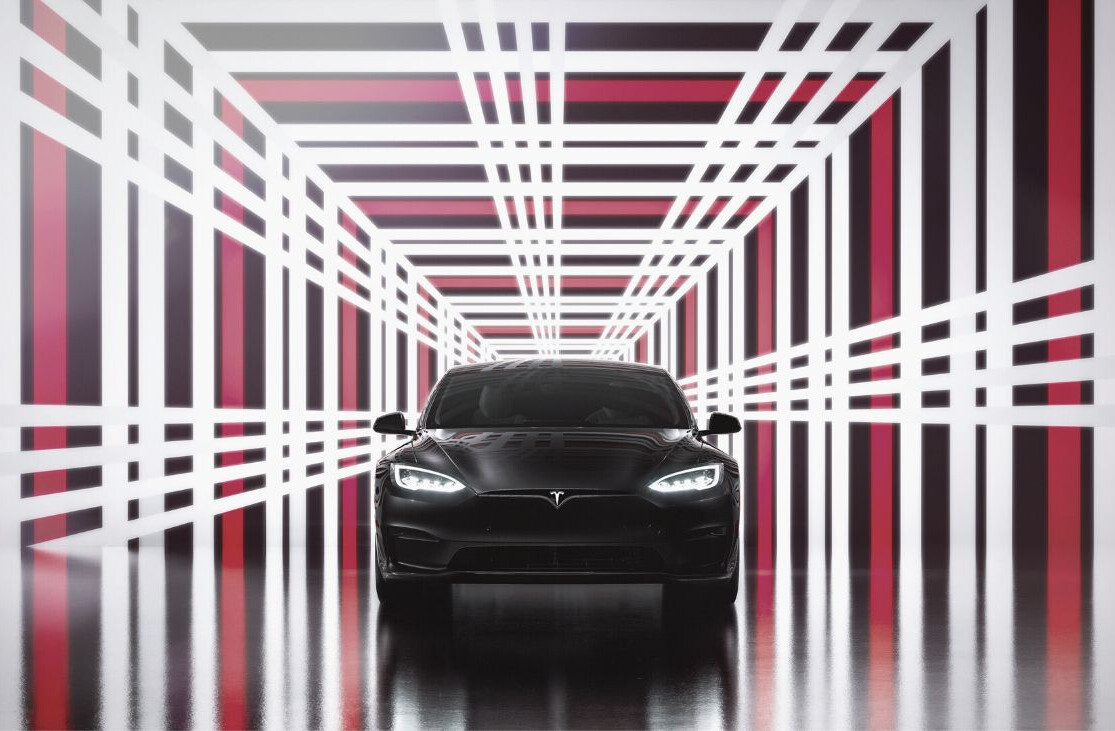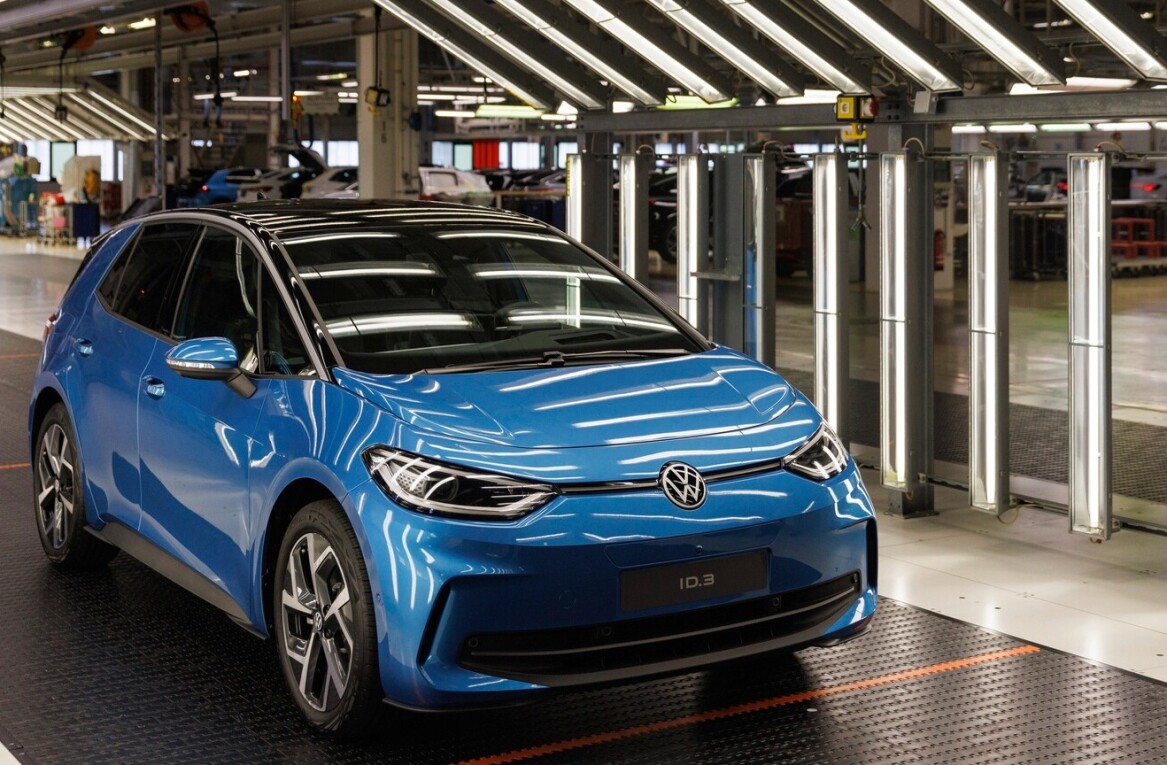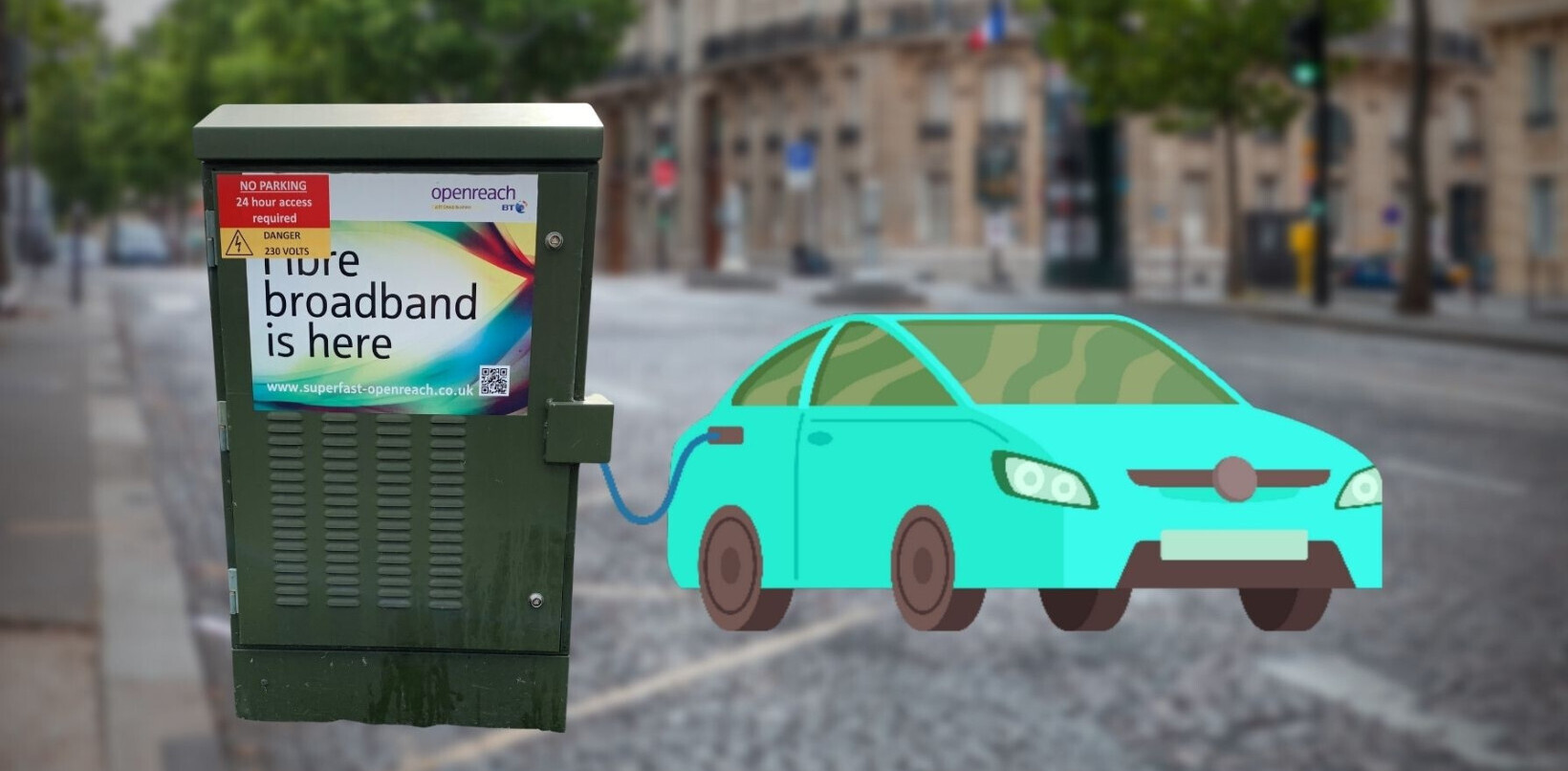
An off-road solar car built by a team of Dutch students has successfully traversed 1,000km of rugged desert terrain in North Africa — opening up possibilities for the broader rollout of solar-powered EVs in areas with limited charging infrastructure.
The Eindhoven University of Technology (TU/e) students drove the SUV, which doubles as a small campervan, from Tangier in northern Morocco across dry riverbeds, steep mountain passes, and loose sand before arriving at the Sahara desert three days later.
“It was an incredible trip with a positive ending. We were able to drive the entire trip on the sun’s energy and did not depend on charging stations,” said team manager Wisse Bos.
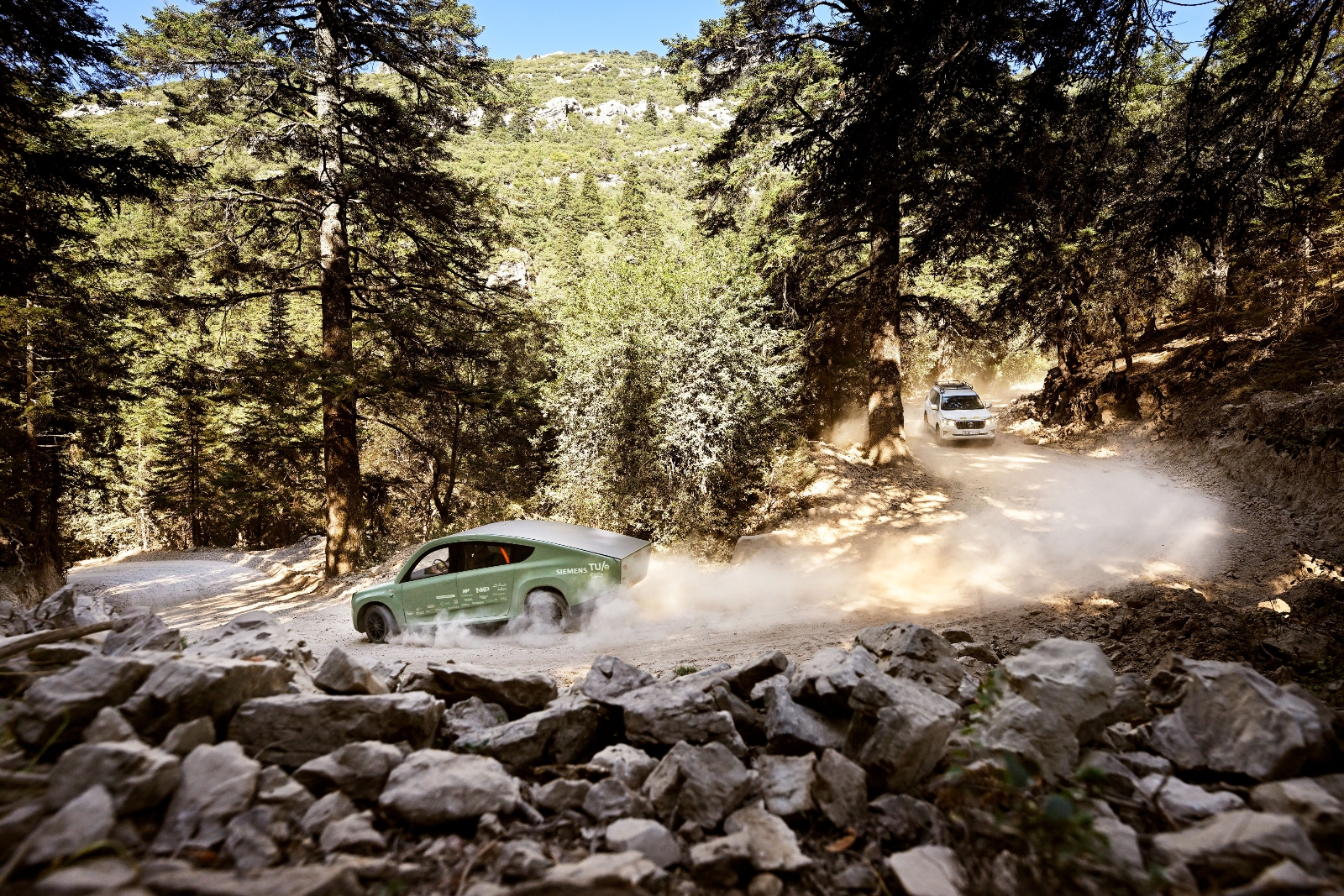
The two-seater, road-legal automobile — dubbed Stella Terra — uses solar panels on its sloping roof to charge its electric battery. When the car is stationary, the solar panels can be extended to maximise charging, while doubling as a shade cover.
Stella Terra has a top speed of 145kph, weighs only 1,200kg, and has a range of 630km on a sunny day. In cloudy conditions, the team estimates a range reduction of 50km.
Despite much uncertainty due to the novelty of the technology, the solar car performed “above expectations” during the test drive, using 30% less energy than the team predicted. This, explains Bos, is partly thanks to a custom-built converter that was found to be 97% efficient in turning solar energy into electricity.
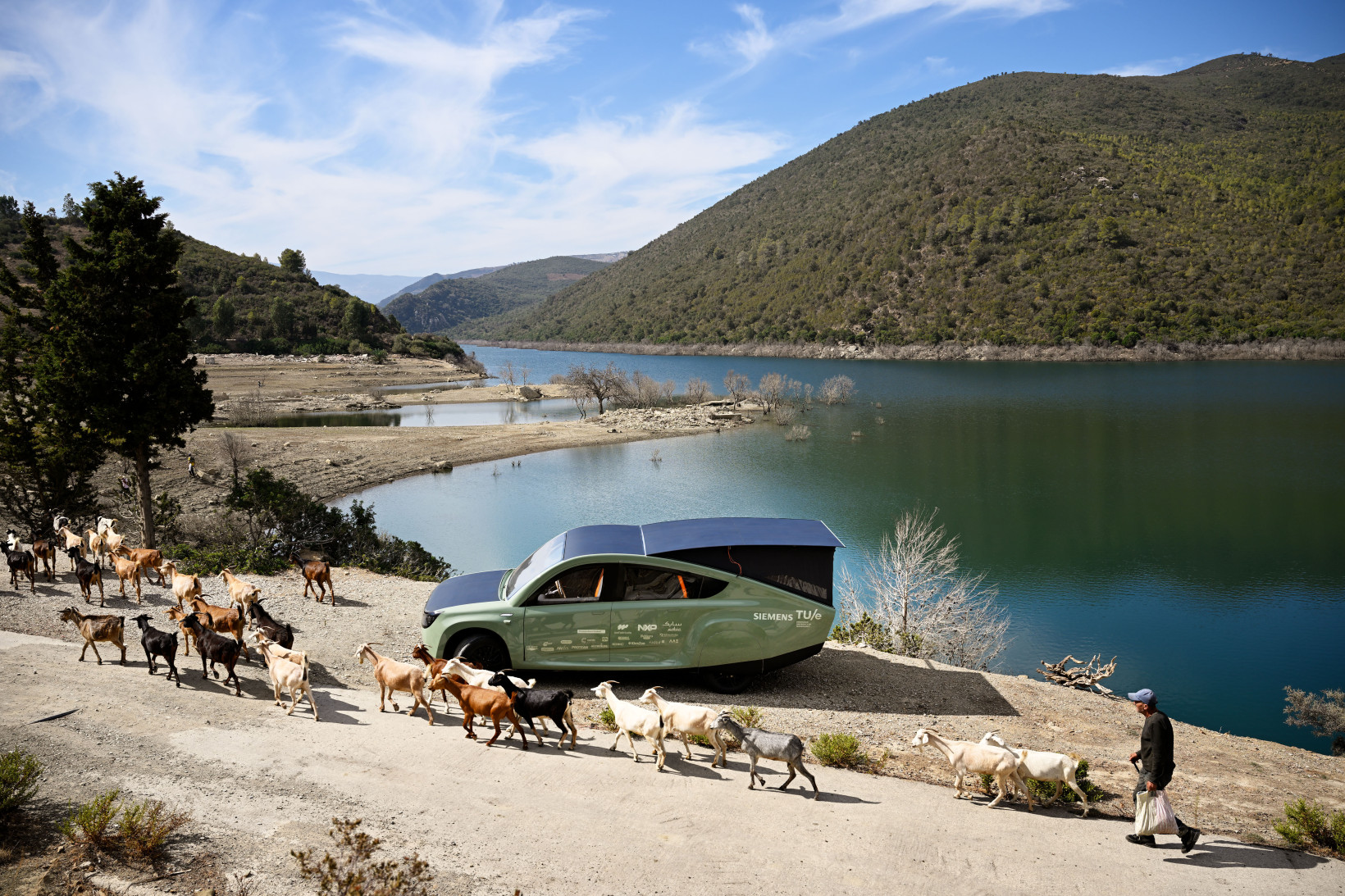
To enable the car to be light yet strong enough to traverse such tough terrain running solely on the sun’s energy, the students built pretty much every component from scratch.
“It is already difficult in normal conditions to build an energy-efficient car that can handle rough conditions, let alone to integrate solar panels into the car as well. I haven’t seen anyone do that yet,” said mobility expert and TU/e professor Maarten Steinbuch.
Stella Terra is one of many prototype vehicles that have emerged out of TU/e in recent years, many of which are “five to ten years ahead of the current market,” said Bos.
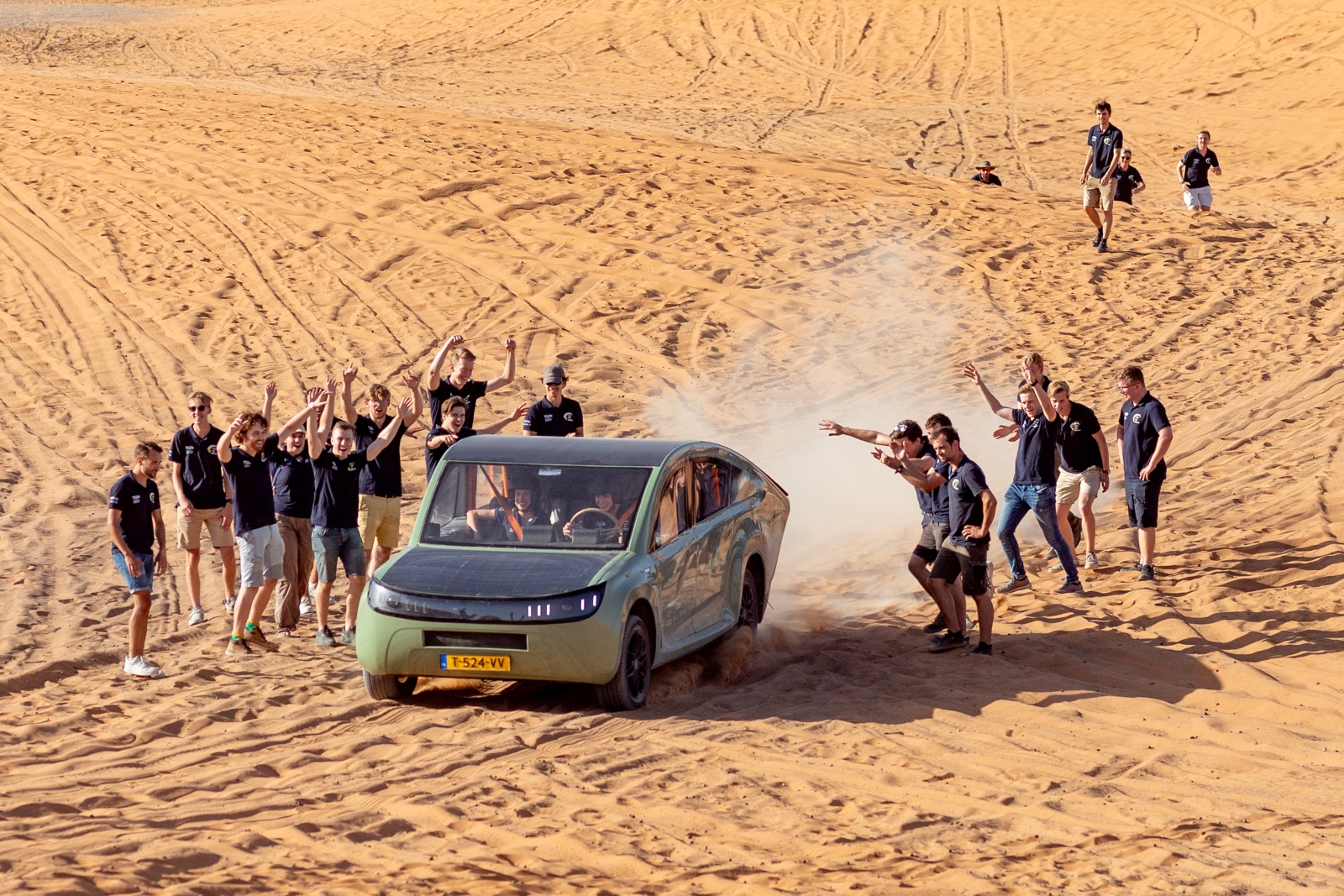
While only a prototype, the student team hopes their concept SUV could be mass-produced in the near future, which will definitely be a major challenge.
Most attempts at building solar-powered cars have fallen far short of commercial viability due to limited energy conversion efficiency, high costs of photovoltaic technology, and the intermittent nature of sunlight.
Perhaps the most promising example comes from aptly named Lightyear, a startup which also hails from TU/e. Despite declaring bankruptcy in January, the spin-off recently reentered the market with a new, cheaper solar car with a starting price of $40,000.
It remains to be seen whether Lightyear’s EV will gain traction, and shine a light on the potential of solar-powered cars to drive us into a greener future.
Get the TNW newsletter
Get the most important tech news in your inbox each week.
